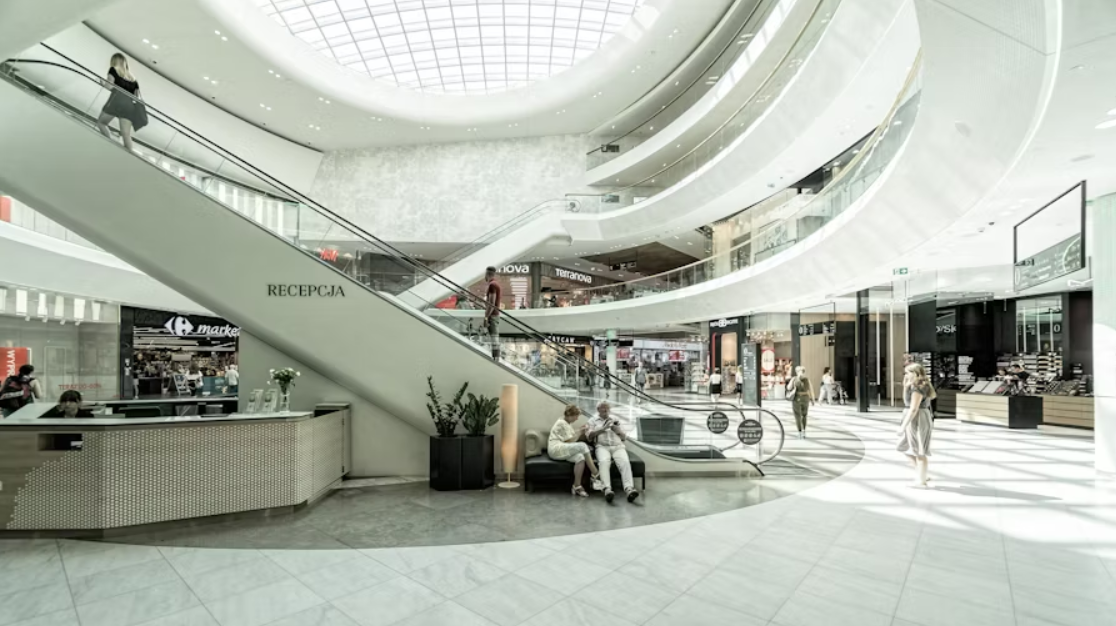Malls were once bustling centers of commerce and social life, where families and teenagers gathered to shop, meet, eat, and pass their time. The shopping mall experience was an integral part of American culture, encapsulating the joy of discovery and the convenience of having multiple stores under one roof. However, as the retail landscape has evolved with the digital age, the traditional mall has faced significant challenges.
The transition from physical storefronts to online platforms has reshaped consumer behaviors and expectations, leaving behind retailers that couldn’t adapt. A prime example of this is Rue21, a once-popular mall staple for teen apparel, which has recently announced the closure of all its stores.
Despite these challenges, retailers can employ strategies to avoid the fate of Rue21 and meet the evolving demands of consumers.
Challenges and Triumphs: The Changing Landscape of Mall-Based Retail
The Downfall of Traditional Mall Stores
According to recent reports, Rue21 is closing all 540 stores and has filed for bankruptcy—marking its third such filing. At its peak, the company boasted 1,200 locations but now struggles under a $200 million debt load and the upcoming displacement of 4,900 employees. This unfortunate decline highlights several critical factors impacting traditional retail, particularly in mall settings. Rue21’s interim CEO, Michele Pascoe, cited a range of issues in a court filing, from the growing irrelevance of the brand among its target demographic to increased competition and the undeniable rise of online shopping. Analyst Neil Saunders, managing director at GlobalData Retail, pointed out that Rue21 has lost its appeal to teen consumers, who now prefer more dynamic and affordable fashion platforms like Shein.
Similarly, other retailers such as Express and 99 Cents Only stores have faced financial difficulties, with Express closing about 100 stores after its own bankruptcy filing. These examples reflect a broader trend of decline among traditional brick-and-mortar retailers, especially those dependent on mall foot traffic, which has been steadily decreasing. Factors contributing to this include not only the rise of ecommerce but also shifting consumer preferences toward more personalized shopping experiences, which these traditional stores often fail to provide.
Success Stories Among Mall-Based Retailers
In contrast, some mall-based stores have thrived despite these challenging conditions. Retailers like Apple and Lululemon have succeeded by offering compelling in-store experiences and high-quality products that draw customers into their physical locations. Apple stores are hubs for tech enthusiasts to explore new products and receive service, creating a sense of community and loyalty. Lululemon, on the other hand, attracts a dedicated customer base with its high-quality athletic wear and community-focused events like free yoga classes, turning their stores into lifestyle centers.
The success of these thriving retailers hinges on their ability to blend digital and physical retail strategies effectively, implementing omnichannel approaches that leverage both online and in-store strengths. They focus on creating unique, experiential shopping environments that engage customers beyond mere transactions, a strategy that has proven crucial in retaining customer interest and competing against the convenience of online shopping.
Strategies for Mall Store Success in the Retail Revolution
Successful retailers in today’s market have embraced an omnichannel approach—integrating online and in-store experiences to serve customers more effectively. This strategy caters to the increased consumer preference for online shopping and enhances the in-store experience, making it more engaging and personalized. For instance, many retailers now use their physical locations as showrooms or pickup points for online orders, creating a seamless shopping experience that leverages digital convenience and physical brand presence.
Embracing technology is another crucial strategy. Retailers must utilize data analytics to understand customer preferences and behaviors, which can inform everything from inventory management to personalized marketing strategies. Additionally, investing in mobile technology and social media platforms can help engage customers where they spend a significant amount of their time.
Ultimately, flexibility and innovation are the keys to survival in the shifting retail landscape. Retailers must be willing to adapt their business models, embrace new technologies, and rethink their approach to customer engagement. Those who can effectively merge the digital with the physical will survive and thrive, turning the challenge of change into an opportunity for growth.
Are you ready to evolve your retail strategy and ensure your brand not only survives but thrives in this new retail landscape? Contact Sophelle today for expert guidance on implementing effective omnichannel strategies and leveraging the latest technology to enhance your customer experience.




